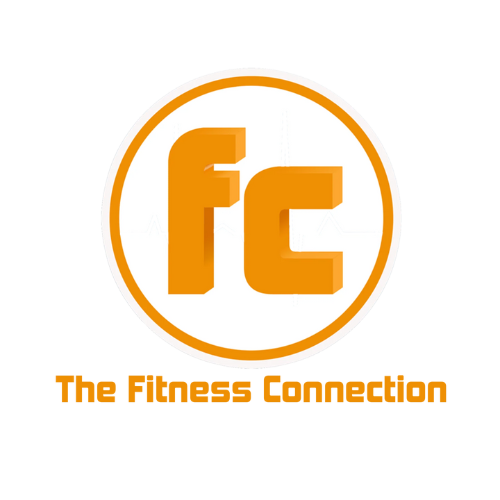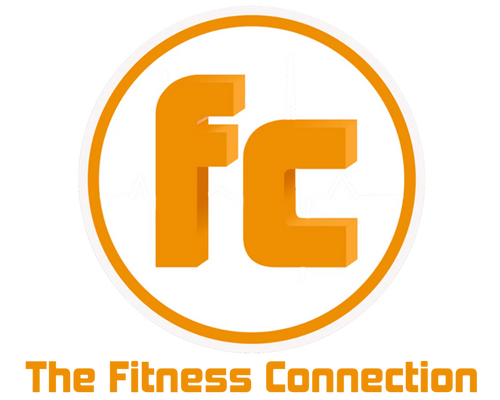Eat More Fiber: The Simple Habit That Can Change Everything

Why Fiber Deserves a Spotlight in Your Weight Loss Journey
If you’re trying to lose weight, there’s one nutrient that doesn’t get enough shine—fiber. In The Bahamas, our diets can be rich in flavor but low in roughage, which leads to sluggish digestion, cravings, and inconsistent energy. Fiber doesn’t just keep things moving; it also plays a key role in gut health, blood sugar regulation, and fat loss.
Let’s break down how fiber can be your secret weapon for sustainable weight loss.
What Is Fiber and Why Is It So Powerful?
Fiber is a type of carbohydrate your body can’t digest. Unlike sugar or starches, fiber passes through your digestive tract mostly intact, helping to:
-
Slow the absorption of sugar
-
Feed your good gut bacteria
-
Improve satiety (that full feeling)
-
Support healthy cholesterol levels
There are two main types:
-
Soluble fiber (found in oats, flaxseed, fruits) forms a gel that slows digestion and stabilizes blood sugar.
-
Insoluble fiber (in veggies, grains) adds bulk to your stool and helps you stay regular.
You need both for optimal gut health and long-term fat loss.
Why Bahamians Need More Fiber—Urgently
Let’s be honest: the typical local plate (cracked conch, peas & rice, mac & cheese) is low in fiber and high in processed starches. Even healthy dishes like boiled fish often come with white bread or grits—more carbs, little roughage.
Low-fiber diets are linked to:
-
Poor blood sugar control
-
Increased belly fat
-
Constipation
-
Fatigue and brain fog
-
Mood swings and hormone imbalance
Getting enough fiber daily can turn that around quickly.
Daily Fiber Goals: Are You Getting Enough?
The average Bahamian only consumes 10–15g of fiber per day. The recommended intake?
-
Women: 25g per day
-
Men: 30–35g per day
That means most of us are falling short by at least 10g daily.
How to Increase Fiber (Without the Bloat)
Upping your fiber intake should be gradual, especially if you’re not used to it. Here’s a safe and effective approach:
Step 1: Start with One Meal
→ Add chia seeds or flax to your breakfast.
→ Switch from white rice to brown rice or quinoa at dinner.
Step 2: Snack Smart
→ Swap chips for roasted chickpeas or a fiber-rich bar.
→ Keep fruit like apples or berries on hand.
Step 3: Fiber-Up Your Smoothies
→ Add oats, avocado, or spinach to smoothies to hit your fiber goals without even noticing.
Step 4: Hydrate!
→ Drink extra water as you increase fiber to avoid gas or bloating.
Try This: A High-Fiber Day Made Simple
Breakfast:
Oats with chia seeds, banana, cinnamon
Lunch:
Grilled chicken salad with chickpeas, shredded carrots, and balsamic vinaigrette
Snack:
Apple slices + almond butter
Dinner:
Baked snapper with brown rice and steamed broccoli
Dessert:
Berries with a dollop of Greek yogurt
Approx. 35g of fiber, balanced and satisfying.
Product Picks to Support Fiber Intake
You can boost fiber intake with whole foods, but supplements can help you hit your numbers more easily—especially for busy days or travel.
🔹 Fit Well Shilajit + Seamoss Vitality Blend Pills
→ Great for digestion and mineral support; a good complement to a high-fiber diet.
🔹 Sea Moss Gummies (all flavors)
→ Easy to take daily and rich in natural polysaccharides that support gut health.
🔹 Fit Well 15 Day Cleanse
→ Use cautiously and occasionally to reset your gut before building consistent fiber habits.
Find them all at shopfitnessconnection.com
Final Takeaway
Fiber isn’t a fad. It’s a foundational tool for fat loss, gut health, and hormonal balance. Start small, stay consistent, and hydrate—and you’ll begin to feel lighter, clearer, and more in control of your cravings.











